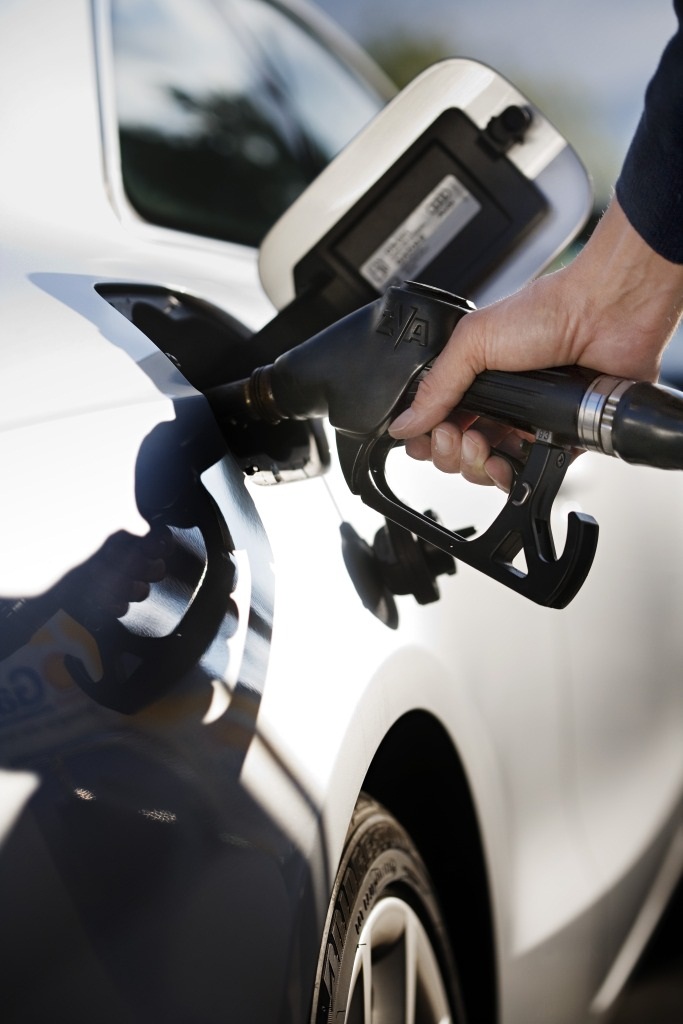Effective 1st September 2015, Euro 6 emissions is the next level of regulations that will be applied to all car and van manufacturers to further clean up the diesel engine. Read on to find out what you need to know in advance of September.
How does Euro 6 differ from previous emission standards?
Euro 6 with reduce the amount of nitrogen oxides that a diesel engine emits. The focus is turning towards NOx because it is one of the most harmful greenhouse gases – lasting up to 150years in the environment!
Euro 6 will be binding for the type approval of vehicles from 1st September 2014 and for the registrations of new cars and class one vans (i.e. car derived vans up to 2 tonnes GVW) from 1st September 2015. Class two and three vans (i.e. over 2 tonnes and under 3.5 tonnes GVW) from 1st September 2016.
There are different ways to address the issue of reducing NOx – Ford are using their Ecoboost petrol engines, Mercedes and VW have opted for the AdBlue system along with exhaust gas recirculation – a system which sees a small percentage of the diesel engine’s exhaust gases being redirected back in the combustion cylinder.
So what is ‘AdBlue’?
AdBlue is a chemical that cleans up exhaust gasses by injecting a minute amount of liquid into the exhaust system. The chemicals in AdBlue break down polluting nitrogen oxides into harmless, inert nitrogen gas and water vapour. AdBlue is not a fuel additive. AdBlue is stored in a separate tank and the more economically you drive, the less you use.
This is all useful information, but what are the key things you need to be aware of?
Managing AdBlue
- AdBlue is stored in an additional tank to the fuel tank (usually about 20 – 30 litres)
- If the AdBlue runs out, the engine will drop into limp home mode and may not restart.
- There will be an additional ‘low level’ warning light on most vehicles.
- The tank can be topped up and this would usually be done as part of a service.
- The quantity of AdBlue used is directly linked to driving style, environmental conditions and vehicle load / weight.
- A litre will last on average 250 miles.
Managing your drivers
- Make your driver aware that their vehicle requires AdBlue – explaining why.
- Do they know what the warning light looks like and exactly what it means.
- Ensure they know where the AdBlue is put into the vehicle.
- Ensure they know where they should purchase it, checking they have the means to do so i.e. fuel card, petty cash etc.
- Are they aware that the vehicle will simply stop when it runs out!




